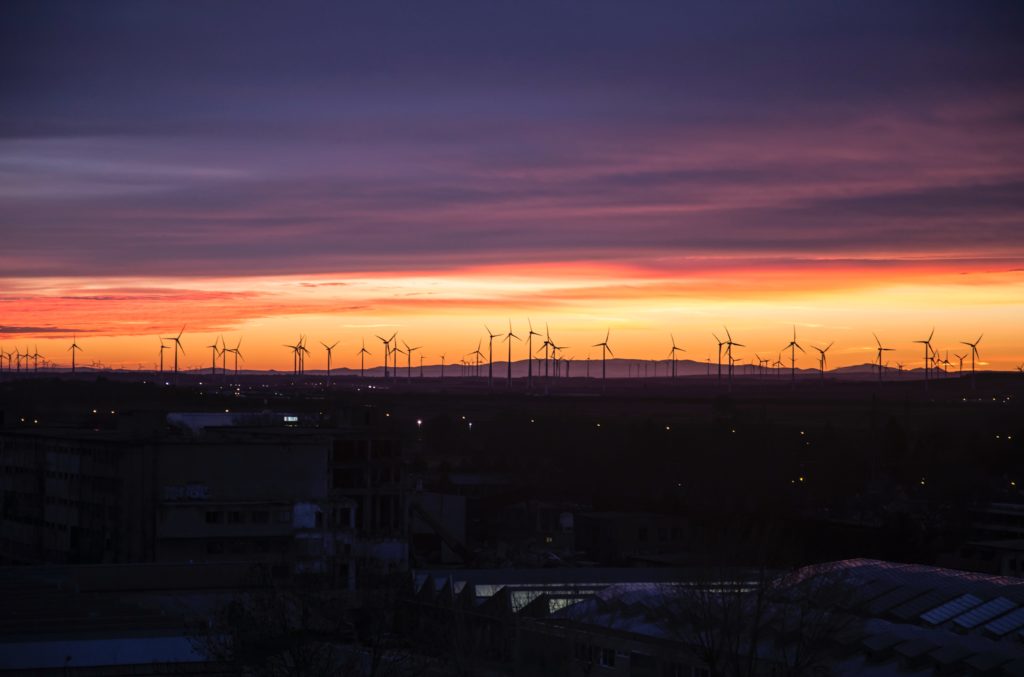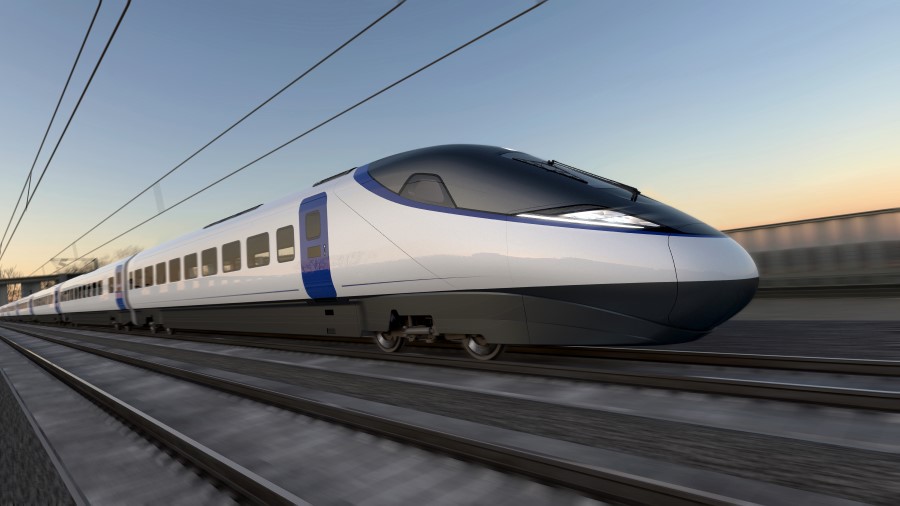
Kelvin Humphreys looks at green growth in the city-region exemplified through major investment in clean energy, vehicle electrification, mixed-use development and sustainable transport infrastructure. This blog post was produced for inclusion in the Birmingham Economic Review for 2022. The annual Birmingham Economic Review is produced by the University of Birmingham’s City-REDI and the Greater Birmingham Chambers of Commerce. It is an in-depth exploration of the economy of England’s second city and a high-quality resource for informing research, policy and investment decisions. This post is featured in Chapter 5 of the Birmingham Economic Review for 2022, on opportunities and building on the strengths of the region. Read the Birmingham Economic Review. Visit the WMREDI Data Lab to find out more about Birmingham.
The latter half of the past decade has certainly thrown up some challenges which, although not unique to Birmingham, acutely affected the region more so than others.
Challenges
Despite these challenges, the United Kingdom’s ‘second city’ holds great promise. At the heart of UK manufacturing, with a large business and professional services sector, and growing tech, health and digital sectors, all supported by leading higher education institutions, the region is well positioned for future growth.
Not least in industries that have the potential to create highly skilled, well paid and good-quality jobs, but also that hold the potential to tackle climate change and other pressing societal issues. All of this is underpinned by large-scale investment into sustainable housing, transport and commercial development. Evidence of this can be seen across the city on a massive scale, from the Peddimore employment park in the northeast to the regeneration of Longbridge in the southwest, but also in the surrounding towns and cities.
East of the Birmingham City-Region
Perhaps nowhere exemplifies the scale of potential better than the east of the city region which stands at the nexus of green growth through major investments into clean energy, vehicle electrification, mixed-use development at Arden Cross and sustainable transport infrastructure, including HS2.

The east of the city region, comprising East Birmingham and North Solihull, has been long been home to Jaguar Land Rover, Birmingham Airport and the NEC. Over the past decade, it has seen the emergence and growth of Tyseley Energy Park (TEP), located within the Tyseley Environmental Enterprise District (TEED), which is at the forefront of efforts to decarbonise the city and drive green growth. TEP is home to a cluster of waste, green energy, and low carbon vehicle systems innovation activity centred on the Birmingham Energy Innovation Centre (BEIC) led by the Birmingham Energy Institute. It is also the site of the UK’s first multi-fuel, open access, low and zero-carbon fuel refuelling station including hydrogen used to fuel buses in the West Midlands.
Although the area is already well served by road and rail, huge investment into transport infrastructure, including High Speed 2 rail, Sprint bus routes and future extension of the Metro network through East Birmingham to Solihull, will make it one of the best connected in the country. The HS2 Interchange Station, the first railway station in the world to achieve a BREEAM ‘Outstanding’ certification for sustainability, will open up high-speed rail connectivity with London, Manchester and the north of the country bringing communities and opportunities closer together.

The massive scale of investment has opened up the possibility of developing a 140-hectare mixed-use innovation and enterprise-focused development, to be served by the future Interchange Station, at Arden Cross. The vision for the master-planned site aims to create a highly sustainable and innovative, advanced economic hub for the Midlands, creating jobs, opportunities, technologies and skills needed for the future. The internationally significant development has the potential to attract substantial inward investment and talent to the region.
By leveraging infrastructure, location and existing assets whilst maximising on opportunities for growth the east of Birmingham is setting the stage for future sustainable growth for the benefit of the city and beyond.
This blog was written by Kelvin Humphreys, Policy and Data Analyst, City-REDI / WMREDI, University of Birmingham.
Disclaimer:
The views expressed in this analysis post are those of the authors and not necessarily those of City-REDI / WMREDI or the University of Birmingham.
